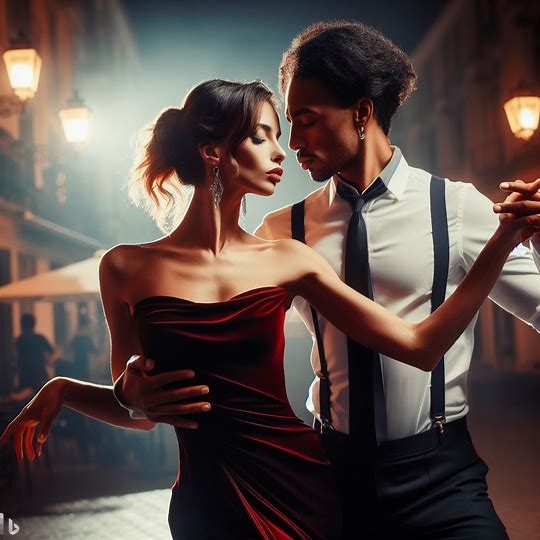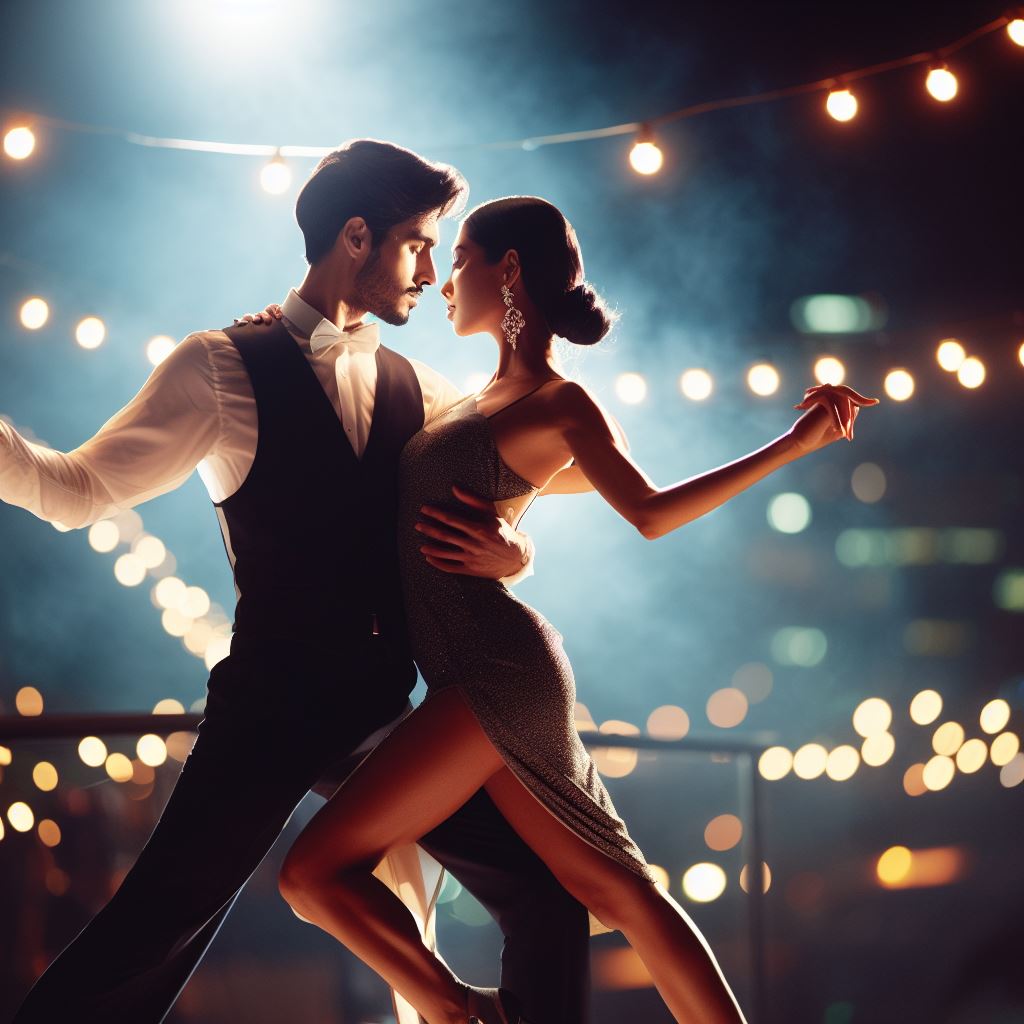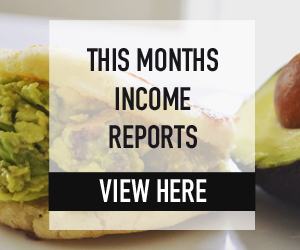What makes Colombia a great destination for dancing?
- Rich cultural heritage
- Vibrant music and rhythm
- Influence of African, indigenous and European cultures
- Diverse and lively dance styles
What are the top 10 dance styles in Colombia?
Colombia boasts a wide range of dance styles, each with its own unique history and cultural significance. Here are the top 10 dance styles that you must experience when visiting this beautiful country:
1. Salsa
Salsa is Colombia’s most popular dance style, known for its fast-paced footwork and sensual movements. Originating in Cali, Colombia’s salsa capital, this dance style has spread all over the world and is loved for its energy and passion. You can find salsa clubs and classes in almost every major city in Colombia, making it easy to join in on the fun.
2. Cumbia
Cumbia is a traditional dance style that originated in Colombia’s Caribbean coast. It combines elements of indigenous, African and Spanish cultures and is known for its lively beats and flirtatious movements. Cumbia is often danced in pairs and is a popular choice for weddings and other celebrations.
3. Champeta
Champeta is a dance style that originated in Colombia’s Caribbean region and is heavily influenced by African rhythms. It is a high-energy, fast-paced dance that involves quick footwork and hip movements. Champeta is usually accompanied by live music and is a great way to experience Colombia’s vibrant culture.
4. Vallenato
Vallenato is a traditional Colombian dance that originated in the northern region of the country. It is often danced in pairs and is characterized by its slow, romantic movements. Vallenato is usually accompanied by accordion music and is a popular choice for weddings and other special occasions.
5. Mapalé
Mapalé is a traditional Afro-Colombian dance that originated in the Caribbean region. It is a high-energy dance that involves rapid movements and is often performed in colorful costumes. Mapalé is a celebration of Afro-Colombian culture and is a must-see for anyone visiting the country.
6. Joropo
Joropo is a traditional dance style that originated in the Andean region of Colombia. It is characterized by its fast-paced footwork and lively music, often accompanied by the harp, maracas and cuatro. Joropo is a celebration of Colombia’s cowboy culture and is a favorite among locals and tourists alike.
7. Porro
Porro is another traditional dance style that originated in Colombia’s Caribbean coast. It is a lively dance that involves quick footwork and flirtatious movements. Porro is often danced in pairs and is a great way to experience the joyful spirit of Colombia’s coastal communities.
8. Bambuco
Bambuco is a traditional dance style that originated in the Andean region of Colombia. It is a slow, romantic dance that is usually performed by couples. Bambuco is often accompanied by live music and is a beautiful representation of Colombia’s rich cultural heritage.
9. Tango
While tango is not a traditional Colombian dance style, it has become very popular in the country. Colombia’s capital, Bogotá, is known as the tango capital of South America and hosts an annual tango festival that attracts dancers from all over the world. You can find tango classes and milongas (tango dance parties) in major cities throughout Colombia.
10. Reggaeton
Reggaeton is a modern dance style that originated in Puerto Rico but has gained immense popularity in Colombia. It is a fusion of hip hop, reggae and Latin rhythms and is known for its catchy beats and suggestive movements. Reggaeton is a favorite among young Colombians and is often played in clubs and parties.
What are the benefits of learning to dance in Colombia?
- Improved physical health and fitness
- Stress relief and improved mental well-being
- Connection to Colombian culture and heritage
- Opportunity to make new friends and socialize
How can I experience these dance styles while visiting Colombia?
There are several ways to experience these dance styles while visiting Colombia:
- Attend a dance show or festival
- Take a dance class or workshop
- Join a dance group or club
- Visit local bars and clubs that offer dancing
- Participate in cultural events and celebrations
Other ways people asked this question
- What are the most popular dance styles in Colombia?
- Which Colombian dance style is the most energetic?
- What is the history behind Colombia’s traditional dance styles?
- How can I learn to dance like a local in Colombia?
- Which Colombian city is known as the salsa capital?
















